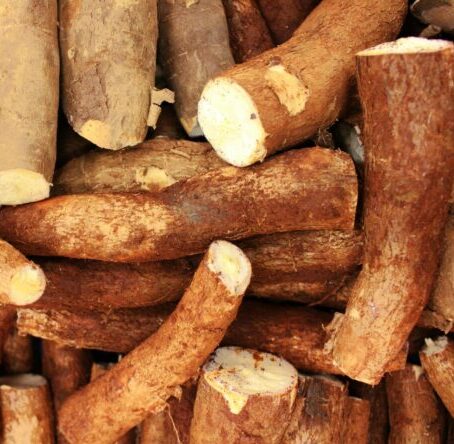Cassava

Overview
Cassava is a drought-tolerant crop that is a primary source of carbohydrates in many tropical and subtropical regions. It’s grown for its edible starchy tuberous root, which is a major source of calories and carbs.
Cultivation Tips
Cassava thrives in poor, sandy soils with minimal rainfall. It’s generally propagated by cutting stem sections. Harvesting begins when the leaves start to yellow and fall, typically about 6 to 12 months after planting.
Performance
Nigeria is the world’s largest producer of cassava. The crop is resilient to poor soil conditions and drought, making it a staple food and a safety net for farmers.
Challenges
Challenges include disease and pest infestations, reliance on traditional farming methods, and lack of access to improved varieties. The low industrial utilization rate is also a significant issue.
Benefits
Cassava is versatile and can be processed into a variety of products, including garri, fufu, and tapioca. It plays a vital role in food security and the agricultural economy, with growing potential for industrial use.
